Well, I haven’t written around BIM in English in a very long time, it seems. And it’s not because I don’t love you guys anymore: I’ve been focusing on the local industry and the pandemic hit hard, notably in terms of remote working and with regards to the education department. I know you guys have had it rough too, even rougher, but I had no energy to divert over the borders.
Professional training is the cornerstone for any further development of the industry, and I think it needs to be one of our main points of focus in order to overcome these challenging times. And it’s precisely education that brings me back to you, because this morning I woke up to a document issued by RIBA – the Royal Institute of British Architects – titled The Way Ahead, with a highly significant subtitle.
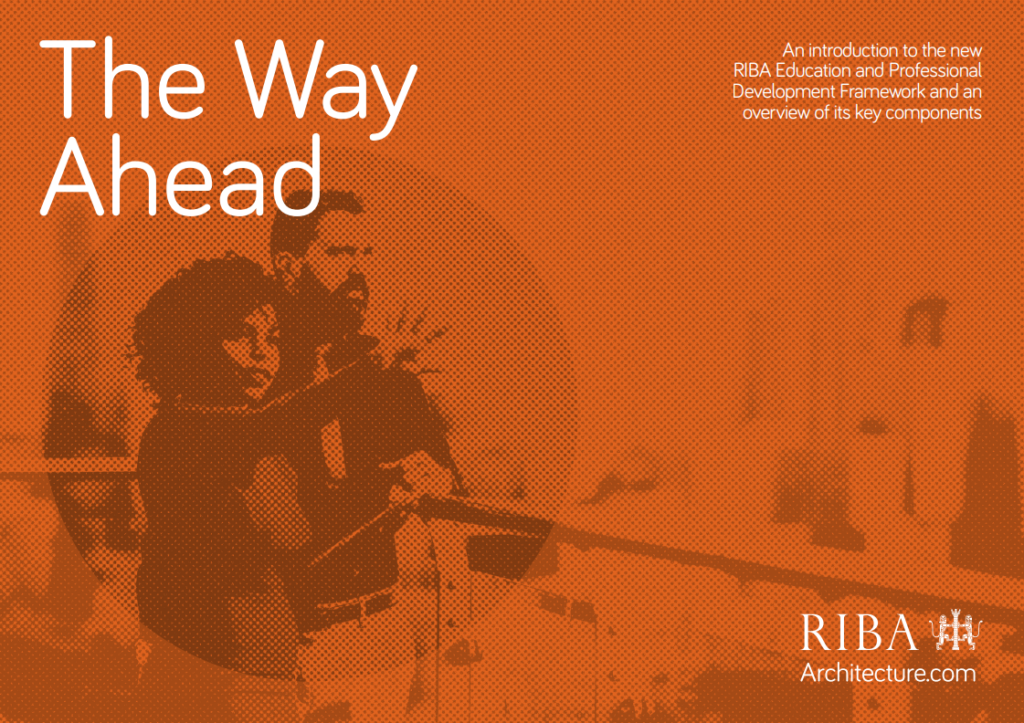
An introduction to the new RIBA Education and Professional Development Framework and an overview of its key components
If you remember (and I barely did), I already wrote about the UK educational system when it comes to the AEC industry, back in 2015, when I spoke about the Construction Industry Training Board and the revision they did on their 2012 plan.
This one is a 12-pages booklet, downloadable here, with a sligtly commercial angle, and it takes a precise stand on change and the need to keep up.
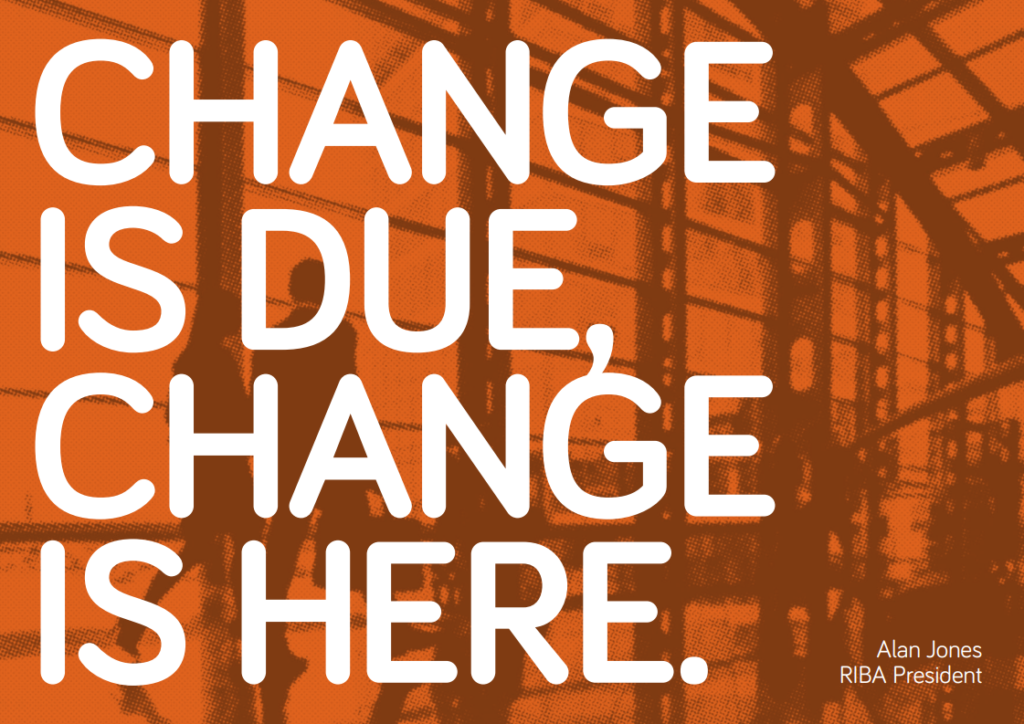
The education of future chartered architects,
and the professional development of those who
have already achieved chartered status, needs
a sharpened focus on the core knowledge,
skills and experience required to respond to the
immediate and mid-term challenges facing our
world, society and industry
The document basically states what lots of us already know and what Yuval Noah Harari excellently expresses in his Homo Deus: we live in a world where lots of people still believe their life is sharply divided into two parts, the first one devoted to learning and the second one dedicated to applying in a profession what has been learned in the first part, but this concept is obsolete. The fast technological and social pace of the world we live in compels us to keep learning, keep changing, keep evolving. And this needs training.
It also needs for institutions to be vigilant on the quality of the professionals they certify and promote: let us not forget that the whole idea of a chartered architect is born to provide the market with a guarantee on the professional level of the services rendered by such individual. This is where an institution like RIBA steps in.
We need to emphasise the attainment and maintenance of competencies and professional behaviours that create public confidence in the capability of chartered architects to deliver buildings and spaces that perform to the standards, and higher, that clients, building users and society rely upon. We must step forward showing leadership, accepting responsibility and demonstrating competence when asked to deal with risk and liability and to prove our expertise.
– Alan Jones,
RIBA President
The document is shaped like a Business Case, a certain way, and at page three proceeds with what we call “selling the fire”, meaning it puts issues on the table: from events like the Grenfell Tower fire or the Edinburgh PFI schools inquiry, from the collapse of Carillion to the challenges we’re facing in shaping what is being called “the post-pandemic environment“, but also systemic issues to be addressed, such as climate change, social equity, diversity, and inclusion, ethics, health and life safety.
The RIBA Education and Professional
– Wendy Charlton,
Development Framework represents
a once in a generation opportunity to take a
holistic re-look at the way we support the arc
of a professional career in architecture
Chair, RIBA Practice and Profession Committee
The new RIBA Education and Professional Development Framework is developed around six key concepts:
- A single standard covering pre and post registration education and professional development;
- Education Themes and Values for undergraduate (RIBA part 1) and postgraduate (RIBA part 2) study;
- Mandatory Competences for attaining and maintaining chartered status;
- Career Role Levels;
- The RIBA Continuing Professional Development (CPD) Core Curriculum;
- Advanced Study leading to specialisms and RIBA specialist accreditation.
Education Themes and Values – a new emphasis for architectural education
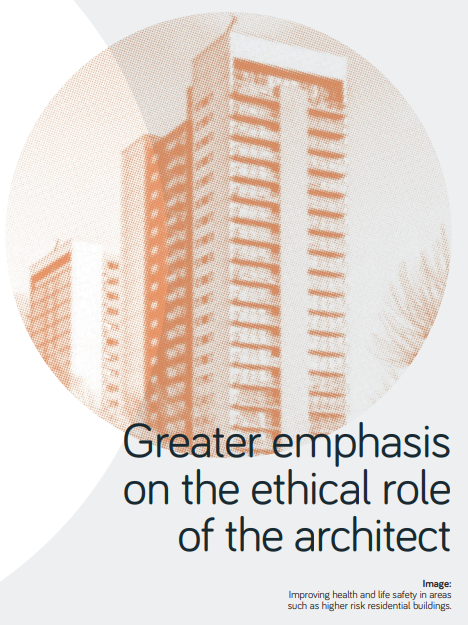
The issue is mostly concerning «building failures in respect of fire and life safety» and «the squandering of natural resources» with its impact on climate change and biodiversity.
The RIBA’s Themes and Values for Architectural Education provide a renewed basis for the validation of schools of architecture in the UK and internationally, placing importance on the social purpose of architecture and putting focus on the protection of the end user, climate literacy and responsible specification.
The competencies needed for addressing climate change are thus becoming mandatory, more than a specialization, and when it comes to BIM we can expect a surge in applications such as Life-Cycle Analysis and Energy Simulation. Right now, specialists really knowing what they’re doing in that realm are considered a rarity: they should become the norm.
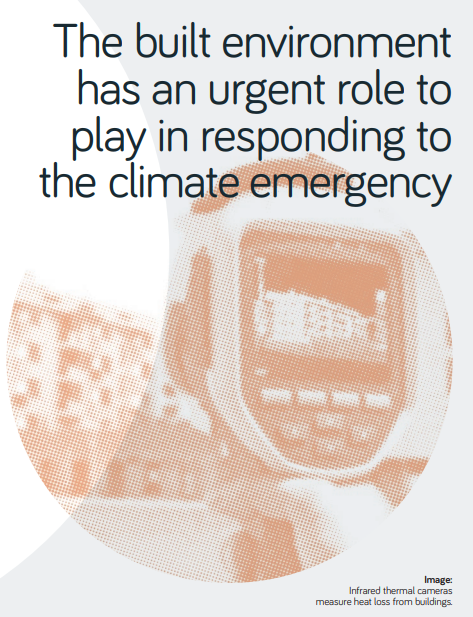
Mandatory Competences
What previously expressed, translates directly in a revision of what is being considered a mandatory competence for a chartered architect, where competence is hereby defined as «a combination of an architect’s knowledge, skills, and experience».
As part of the Education and Professional Development Framework, the RIBA has determined that the core competency for architects must encompass a fundamental level of awareness and understanding of priority subjects in order for them to be competent to practice and to provide public assurance.
That being said, the Health and Safety Guide produced by RIBA (available here) is for sale (£ 25,00) and apparently available only in paperback format, meaning RIBA itself needs to put their priority straight.

Anyway, this means a mandatory level of Health and Safety knowledge, including Fire Safety to be tested every 5 years. This is the first mandatory competence that will be introduced from 2022 on.
The second mandatory competency will be Climate Literacy, in order to meet the 2020 Climate Challenge, and the third one will likely be Ethics and Social Purpose, following the findings and recommendations of the 2018 RIBA Ethics and Sustainable Development Commission.
The report issued by the Commission in 2018 comprised six categories, encapsulating 19 recommendations:
- Leadership on ethics, values and standards;
- Collaboration and influence;
- Ethics and sustainable development in practice;
- Knowledge and competence;
- International activity;
- Governance.
Career Role Levels
The RIBA Education and Professional Development Framework defines five Career Role Levels:
- Student (pre-part 1);
- Emerging Professional (Part 1 and Part 2 Assistant);
- Established Professional (Architect <5 years qualified);
- Advanced Professional (Architect >5 years qualified);
- Business Leader (Director/Partner).
As much as I can understand where this comes from, I have to disagree with 3 and 4, solely based on seniority. And I hate to break it to you, guys, but you can be a business leader even if you’re the director of Jack Shit Inc. and the fact that you’re a director doesn’t necessarily mean you are a business leader: I have met directors I wouldn’t have followed even to the coffee machine. Anyways, it’s clear that they’re just labels, as much as one might argue on the phrasing of the labels themselves. And, as you know, I don’t believe in labels and pieces of paper. I would have preferred role levels based on the evaluation of a curriculum.

Core Curriculum
The Continuing Professional Development is not that different from what we have in Italy with the so-called “professional credits”, but it revolves around ten topics and requires the laughable amount of two yearly hours per topic.
The topics are:
- Architecture for Social Purpose;
- Health, Safety and Wellbeing;
- Business, Clients and Services;
- Legal, Regulatory and Statutory Compliance;
- Procurement and Contracts;
- Sustainable Architecture;
- Inclusive Environments;
- Places, Planning and Communities;
- Building Conservation and Heritage;
- Design, Construction and Technology.
I’m sure RIBA architects will be exhausted, after 20 hours of training each year, but it would have been worth the effort: the level of awareness you can get from 20 hours of training will most likely make a difference.

Although I feel it’s encouraging to introduce certain topics as mandatory skills for architects, the level of training imposed to be chartered is – to speak very clearly – an utter joke.
Advanced Study leading to RIBA Specialisms
Specialisms are already a small part of RIBA accreditations, specifically for two figures: the Client Design Adviser and the Conservation Architect.
the new RIBA Education and Professional Development Framework goes a step further by formally recognising within its overall education and career roadmap that some architects may wish to undertake Advanced Study and develop specific experience in Specialisms
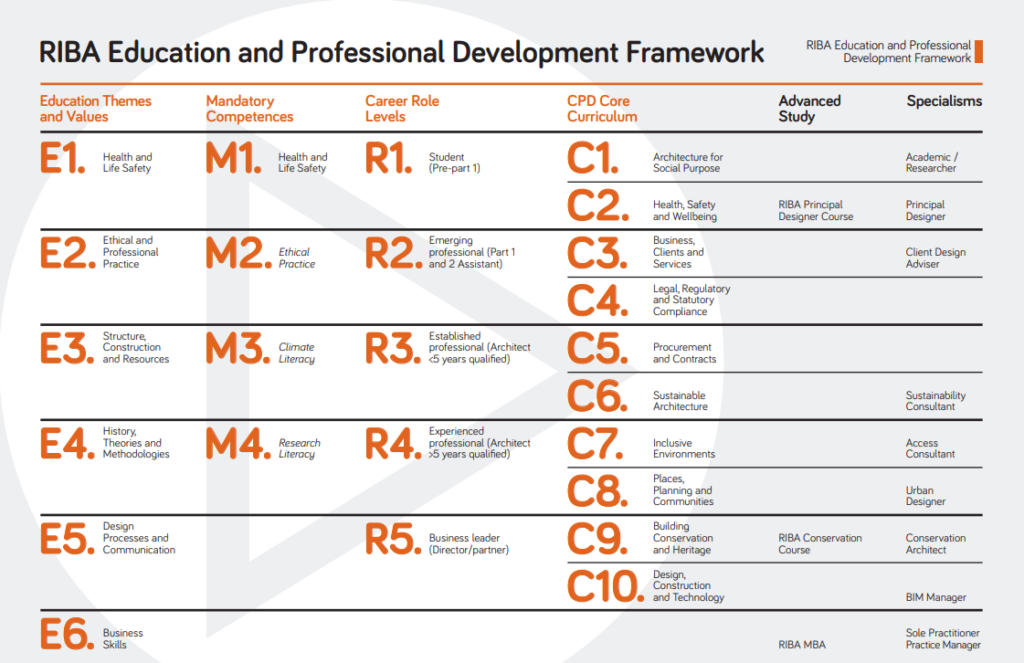
Luckily enough, among the new specialists, we don’t have the BIM consultant, a role that was mentioned in the 2020 RIBA Plan of Work and naturally sparked some controversy. We do have the BIM manager, and this is where it gets funny. The BIM Manager needs to be a Business Leader and, on that, I do not disagree. Consider, however, how the Business Leader gets defined by the Core Curriculum: he/she needs to be a Director / Partner. And although I strongly agree with the fact that an effective BIM Manager needs to be put in a director position, it’s a chicken-or-egg sort of problem: do you need to be a director in order to be a specialized BIM manager or do you need to be a director in order to have the necessary authority to act as a BIM manager within a Company?

I can’t be reading the table right, because what I’m seeing is that a BIM manager doesn’t have mandatory competencies (or, more likely, there’s no mandatory competencies group to cover what a BIM manager needs to know), only needs to have education in design processes and communication (and not business skills, so which kind of director are you, pal?) and the Core Curriculum mostly revolves around Design, Construction and Technology, and not Business (C3) or Legal requirements (C4). I must be reading it wrong. They must be placed in alphabetical order with decorative lines running across. Please, tell me I’m reading this wrong.
And so?
I must admit I was rather excited when I saw the document, and my excitement went progressively down as I progressed reading. While I encourage the idea of specialization and I’m a strong supporter of the need to foster continuous development for professional skills, I think that the RIBA document starts from a good vision and then falls short in its implementation. Let us hope it’s only the first step in a path that will lead to a better future for this profession.







No Comments